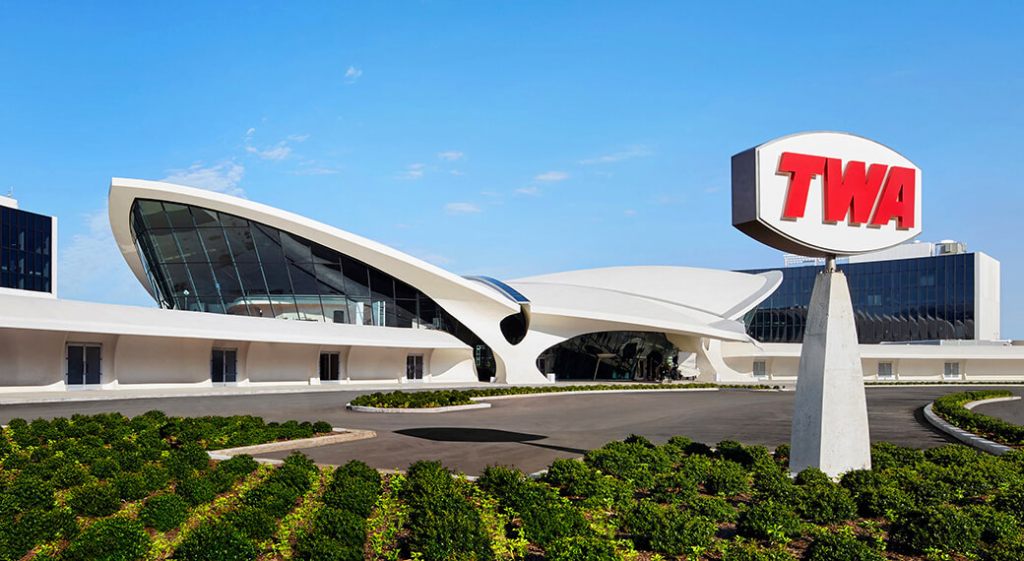Adaptive reuse hotels breathe new life into existing structures, transforming old buildings into unique accommodations. And quite often, these old structures have a fascinating story to tell. In this article, we answer common questions about adaptive reuse hotels and share examples of beautiful hospitality establishments that began as prisons, factories, convents, and more.
The Rise of Adaptive Reuse Hotels
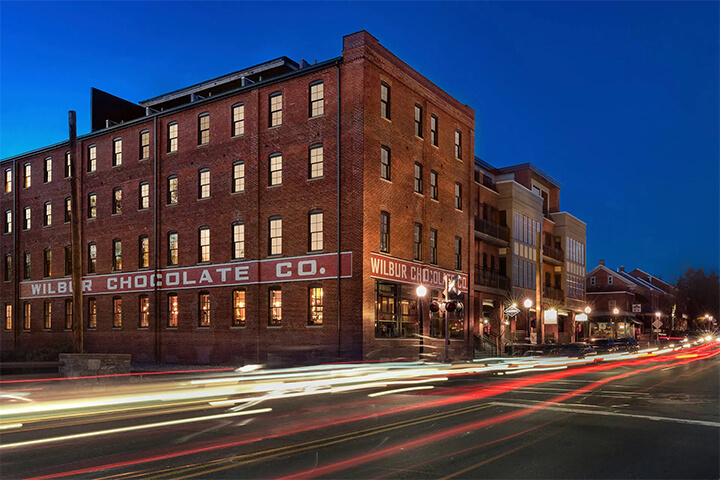
The concept of adaptive reuse isn’t new. However, its application to the hospitality industry emerged as a distinct trend in the latter half of the 20th century for several reasons.
Firstly, urban renewal projects in the 1950s and 1960s led to the demolition of many historic buildings which created massive pushback from the public who valued architectural heritage in their town and across the United States. Implementing adaptive reuse as a solution preserved the character of these structures while still reaching the original goal of revitalizing declining urban areas.
Secondly, the economic benefits of adaptive reuse became increasingly recognized. Renovating existing buildings often proved more cost-effective than constructing new ones, especially in densely populated areas with high land prices.
Thirdly, the rise of boutique hotels in the 1980s created a market receptive to unconventional spaces. Adaptive reuse projects often yielded hotels with distinct layouts and architectural features, setting them apart from the generic uniformity of chain hotels at the time. And the rest is history.
Adaptive Reuse Hotels 101
Opting for adaptive reuse comes with several advantages for hoteliers. Naturally, these sort of projects also include their fair share of challenges that require designers and engineers to think outside of the box. Luckily, that is often their specialty.
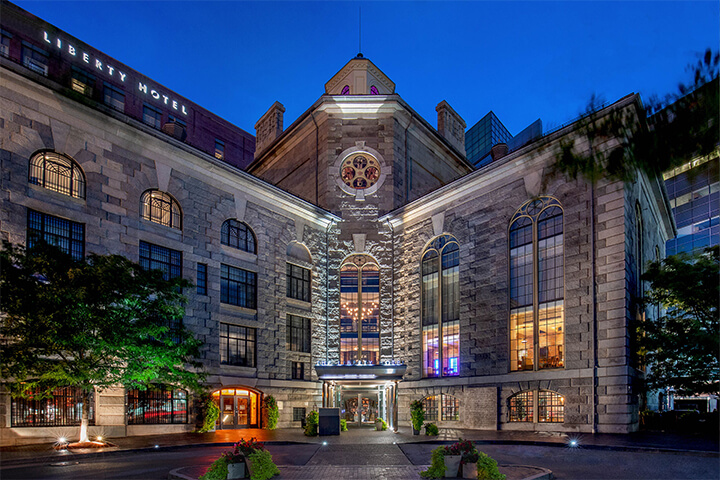
How Sustainable Are Adaptive Reuse Hotels?
Reusing existing buildings significantly reduces the environmental impact of a hotel project. The construction sector is a major contributor to greenhouse gas emissions. Adaptive reuse bypasses the need for new materials, significantly reducing the embodied carbon. The term “embodied carbon” refers to the total upfront emissions associated with extracting, processing, transporting, and constructing building elements.
Demolition of existing structures generates substantial debris, often ending up in landfills. Adaptive reuse minimizes this waste stream, contributing to a more circular economy in the building industry. Adapting existing building infrastructures like water and sewer lines also reduces the need for new installations and their associated environmental impact.
Are Adaptive Reuse Hotels More Costly Than New Builds?
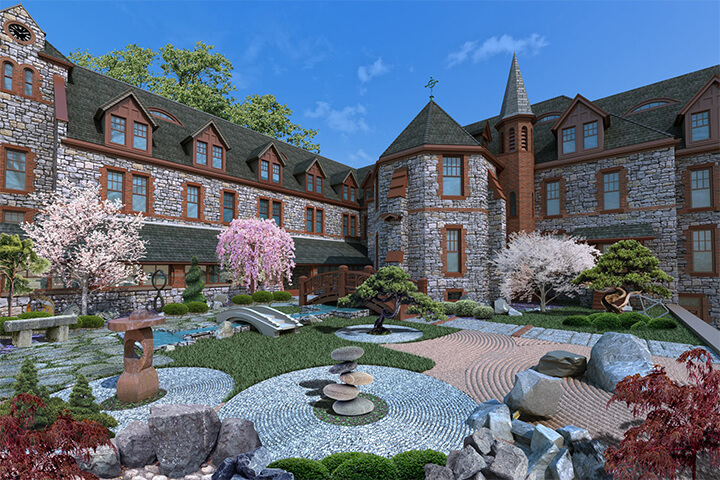
Adapting existing structures can be more expensive than new construction due to unforeseen challenges like asbestos remediation, structural limitations, or complex integration of modern amenities.
The good news is, adaptive reuse projects often qualify for tax credits and incentives offered by municipalities who are eager to revitalize historic areas. Additionally, the inherent character of the building can attract guests seeking a unique experience, potentially commanding premium rates.
Do Communities Support Adaptive Reuse Projects?
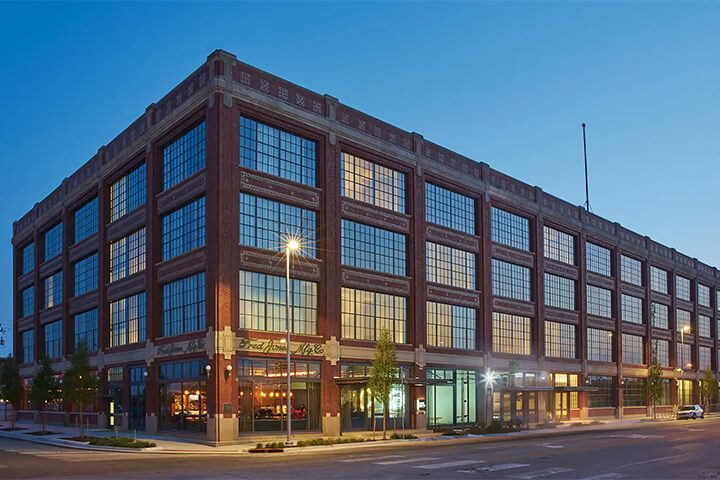
As we mentioned earlier, community support was a key catalyst of the adaptive reuse movement. By preserving historic structures, adaptive reuse hotels retain a sense of place and connection to the local history, appealing to guests seeking a new experience, while integrating the hotel into the surrounding community.
What Unique Opportunities do Adaptive Reuse Hotels Present to Hospitality Designers, Architects, and Engineers?
Adaptive reuse projects present unique challenges and opportunities for hospitality pros that often push their creativity and ingenuity in several ways.
Design Opportunities
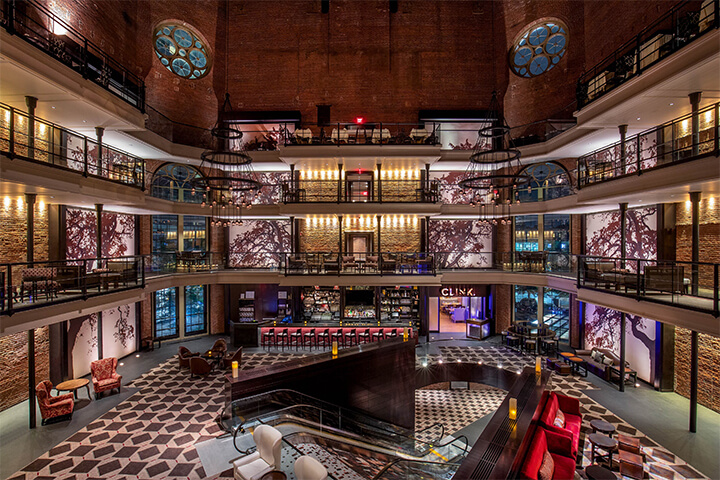
In adaptive reuse, designers are often tasked with unearthing the hidden potential of old builds. Existing architectural details like exposed brickwork, high ceilings, or ornate columns can be incorporated into the design, adding character and a sense of history to guest spaces.
Designers who excel at adaptive reuse are also excellent story tellers. Ideally, the new design will weave a narrative that connects to the building’s past life through subtle details, curated artwork, or thematic elements within the hotel. Juxtaposing the building’s historic elements with modern design features can create a visually compelling experience, showcasing the evolution of the space.
Architectural Challenges and Solutions
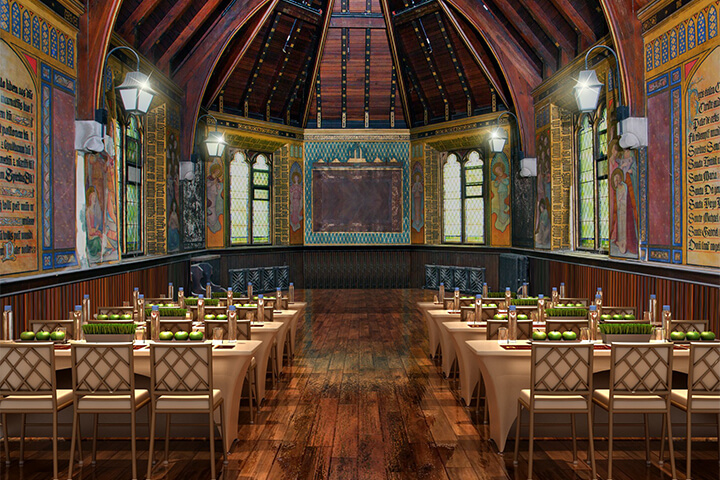
To preserve and integrate, architects are tasked with balancing the need for modern amenities and building code compliance with the preservation of historical features. Creative solutions — like integrating modern MEP systems while highlighting original architectural details — are an absolute necessity.
Architects are also tasked with working around the limitations of existing structural elements. Creative solutions for weight distribution, room layouts, and potential additions give architects who love a challenge the opportunity of a lifetime. And in doing so, they must also take long-term sustainability into consideration by selecting durable materials, incorporating energy-efficient upgrades, and ensuring the adaptability of the design for future needs contribute to the hotel’s longevity.
Engineering Innovation
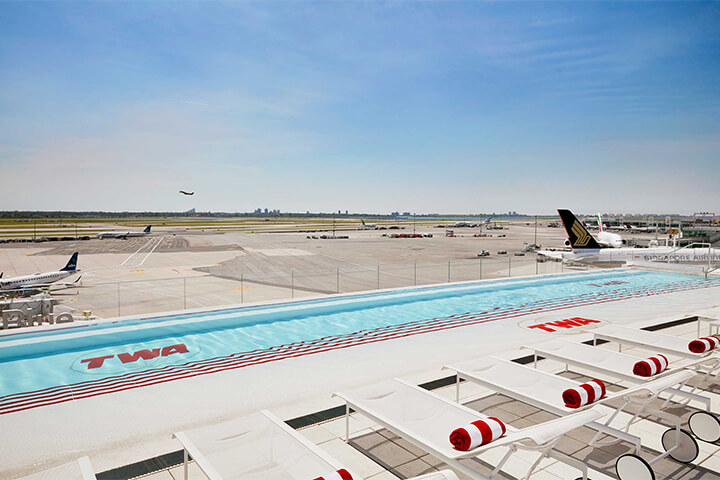
Engineers keen on sustainable retrofitting must implement innovative solutions to improve energy and water efficiency within the existing building. Examples of sustainable retrofitting include upgrading HVAC systems, installing low-flow fixtures, or incorporating renewable energy sources.
Like designers and architects, structural engineers may need to devise creative solutions to reinforce existing elements or integrate new structural components to accommodate modern hotel requirements without compromising the historical integrity of the building. Integrating modern building systems like fire safety, security, and data cabling into a historic structure can be a complex task. However, successful engineers will find solutions that are both functional and respectful of the existing structure.
Will Adaptive Reuse Continue to Flourish in the Hospitality Industry?
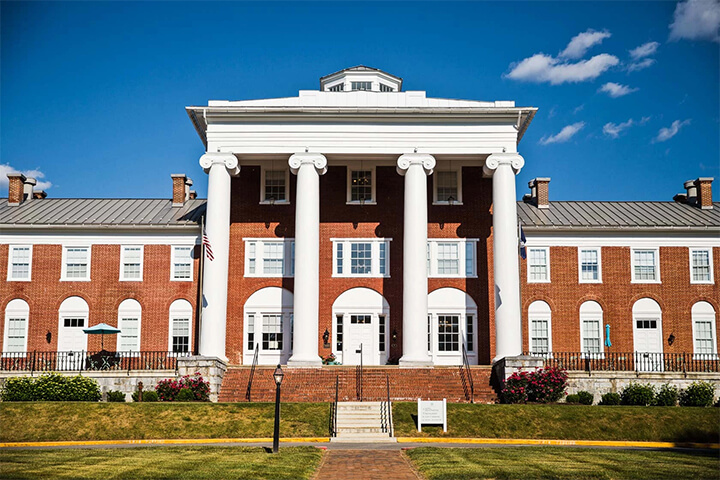
The future of adaptive reuse hotels appears bright. With a growing emphasis on sustainability and the experience economy, these unique accommodations are likely to continue attracting both developers and guests seeking a connection to the past.

